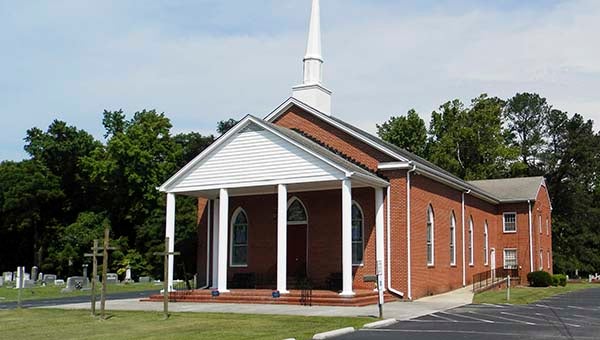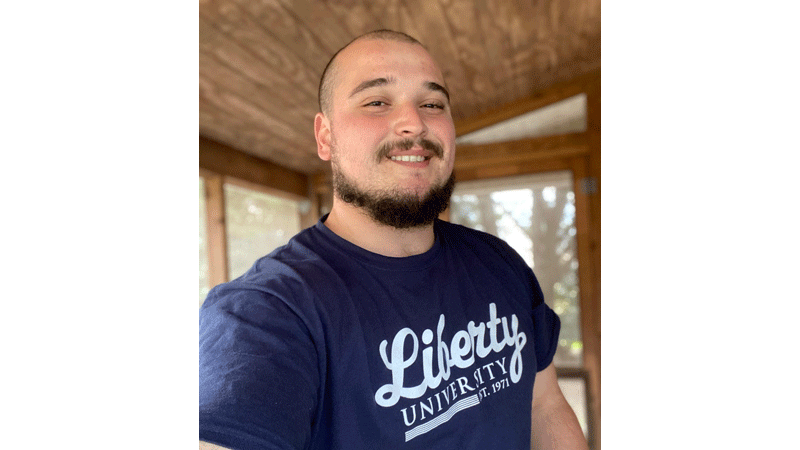Mt. Carmel Church brings back memories
Published 11:11 am Wednesday, October 16, 2013
by James D. Howell
It’s quiet here in the shade. Mosses and assorted fungi have laid claim to this bench, some claims a little bigger and thicker than others. All cushion my back and bottom as I sit, restive. If I make noise, I know it will not be heard by my parents. Their permanent resting place is a few feet away. On either side, my brother and sister also slumber. Whatever cares or demons they experienced in their earthly life matter no longer. I am silent, thoughtful and at peace.
Beyond their graves, toward the railroad track, the ghost of a school house looms from my memory. A brother and sister attended that school; a picture from the time shows a somewhat solemn group. In the picture, my brother also appears solemn, but my memories show him smiling, happy in his life. I think there was much suppressed laughter in the picture. In those times, one had to be very still for a picture to be taken.
Down that road on the other side is a bridge across the Blackwater River. When my parents brought me to visit in Walters, we sometimes took that longer way home. It twists and turns through the woods, but my father liked to sightsee. The other bridge, Joyner’s bridge, was the route of choice most days. My mother never liked the crossing at Joyners Bridge in her youth. She occasionally walked to Burdette and Black Creek to visit relatives and she always tried to be home before dark. The dirt road ran through a swampy area; her child’s eyes saw monsters in the shadows.
Her fears are long over now; I think her sleep is peaceful.
Across the narrow road from me, other grave markers bear the names of more of my relatives, mixed with families unknown to me. All form the extended front, side, and back yards of Mt. Carmel Church. My parents became members of this church early in their lives and never transferred that membership to any other church for the rest of their lives, regardless of where they lived. The church was the center of social and civic activity. To serve as a church officer or Sunday school teacher increased the statue of the individual in the community.
There were well defined activity limits, which, if ignored, could get a person removed from membership. I think there was a lot of activity that pushed the limits of the congregation but were not addressed in any formal manner. I think that was saved for flagrant violations. I recall a cousin began working his fields on Sunday. Tongues wagged in the neighborhood. Many farmers began to use tractors equipped with lights to extend their workday. That was mostly frowned upon.
What endured is the message of community. Whether it came from a church or not is less important than how it impacts the lives of citizens at large. The idea of caring for your neighbor, trying to have a meaningful life full of labor and love, being ready to sacrifice in order to have a better tomorrow, all are lessons of churches of many kinds.
I think small community churches struggle today for membership. Competition for time is fierce in the modern world; instant gratification seems to be the norm for much of modern society. The idea of hard work and self sacrifice seem to be slipping away.
Yet, I look across the street and see a building that has been built, rebuilt, and changed again and again to adjust to the needs of a community. This solid structure has endured and will endure as long as this community needs a sense of continuity and strength.
This is the church of my family heritage. Its spirit is alive and well.
JAMES D. “ARCHIE” HOWELL is a Southampton County native and 1955 graduate of Franklin High School. He can be reached at archiepix@kingwoodcable.com






